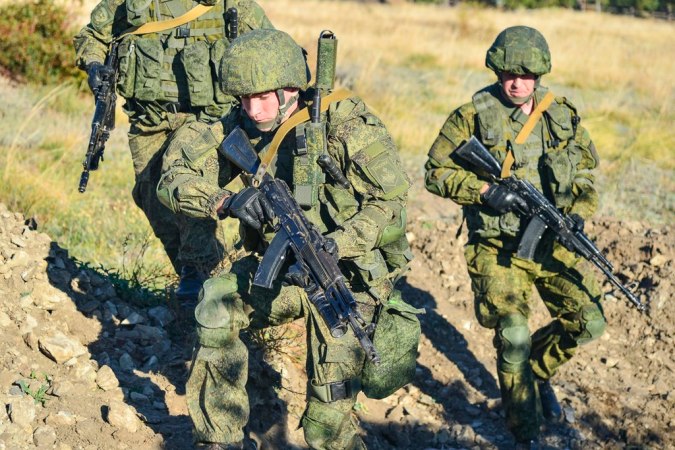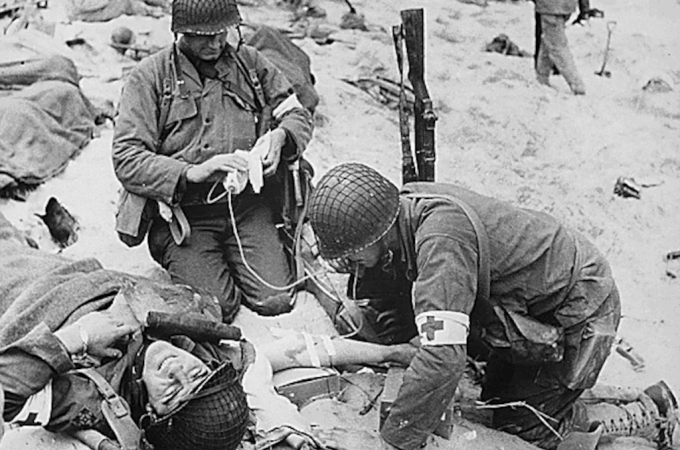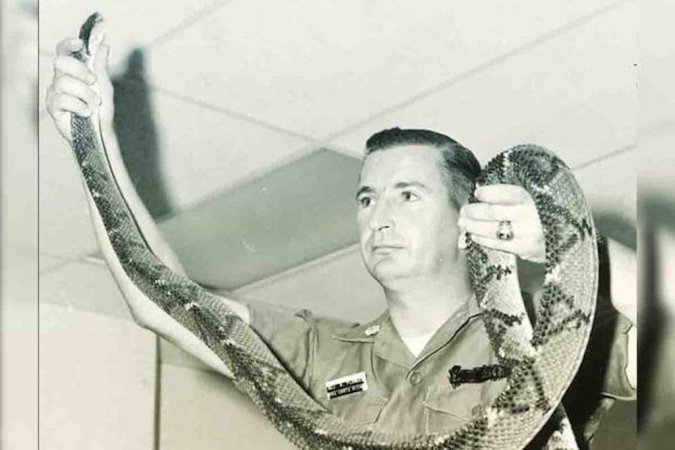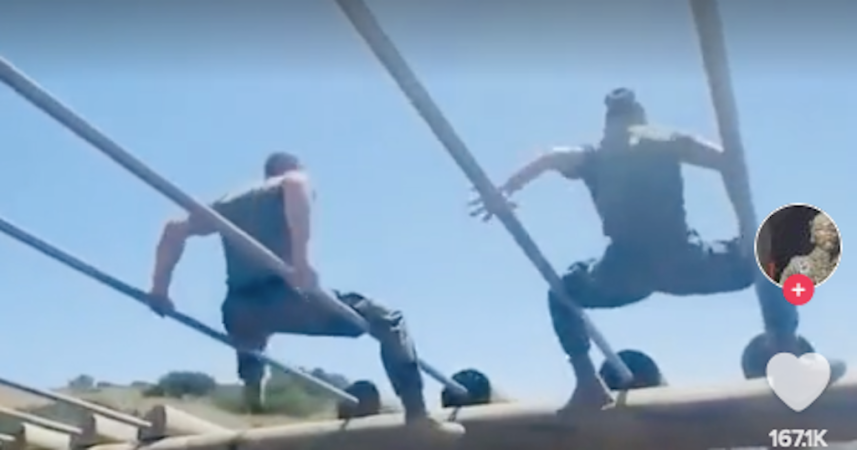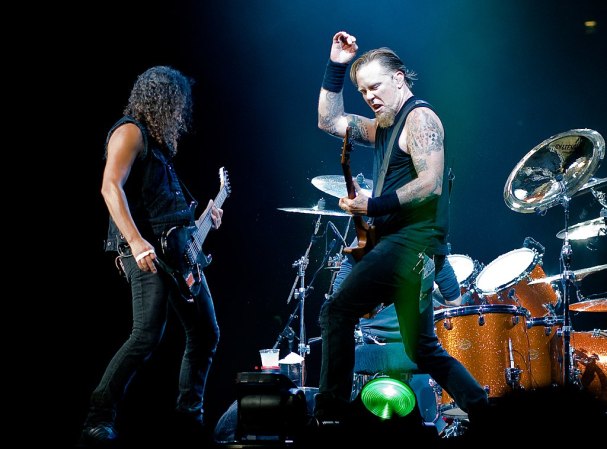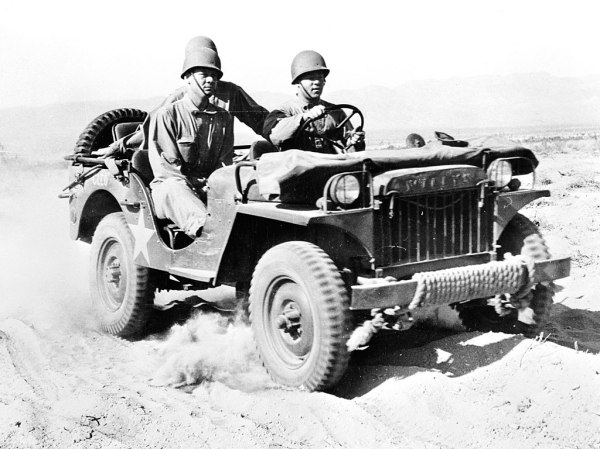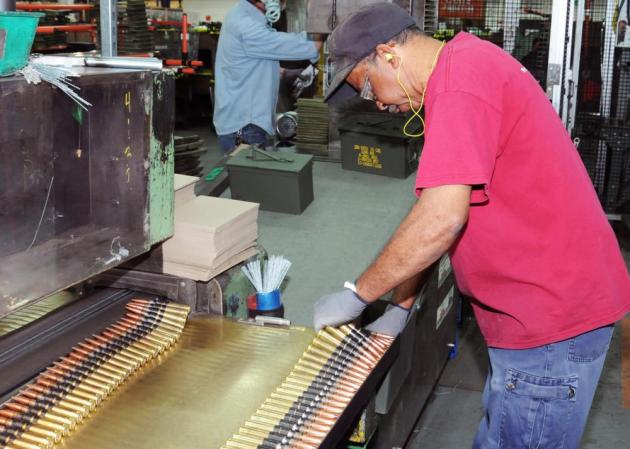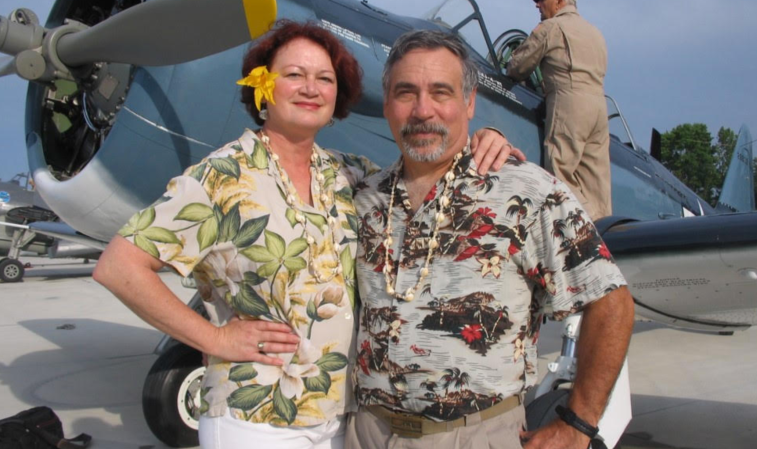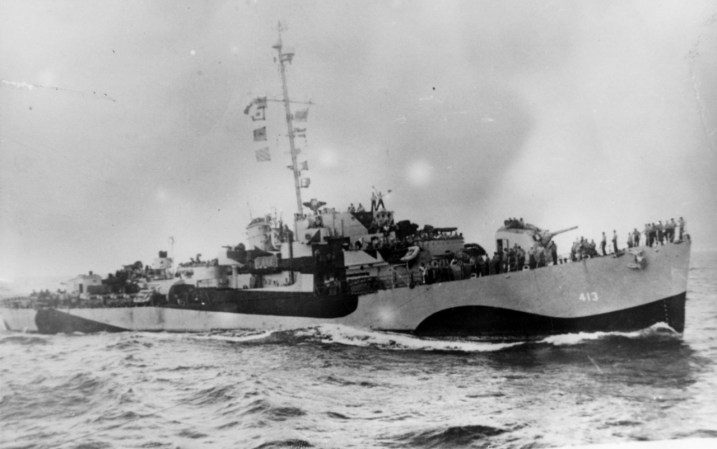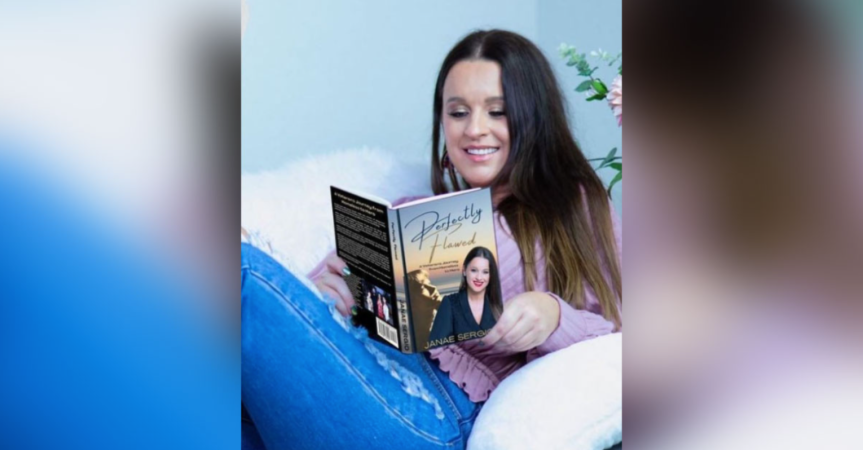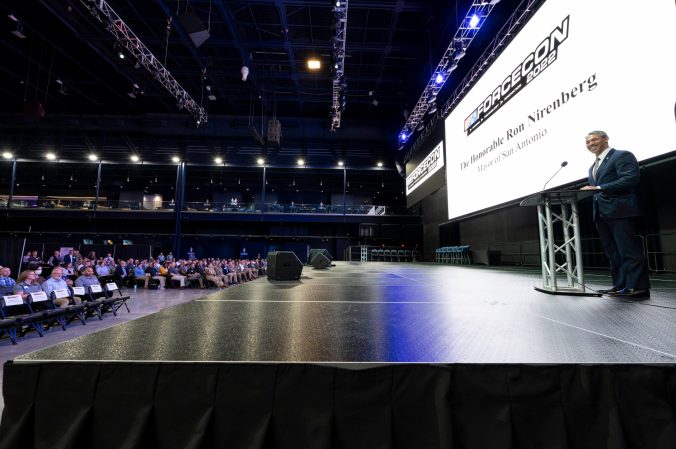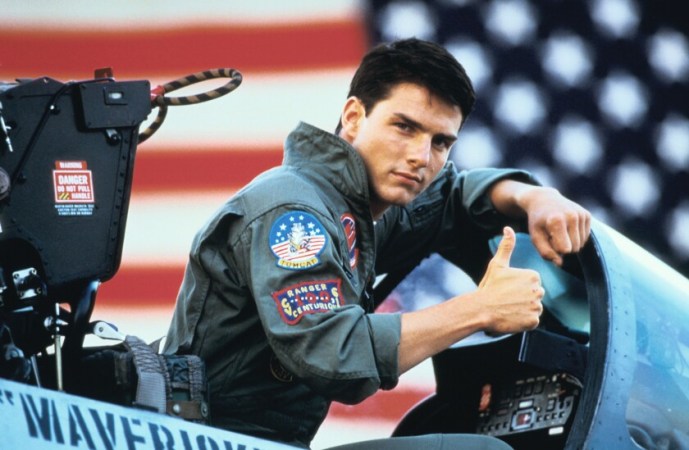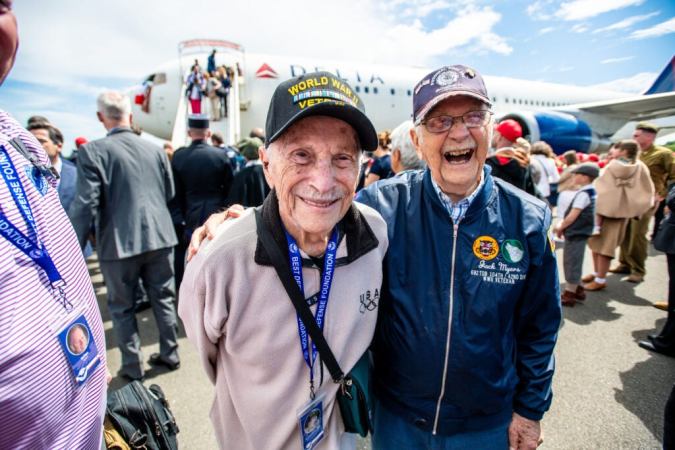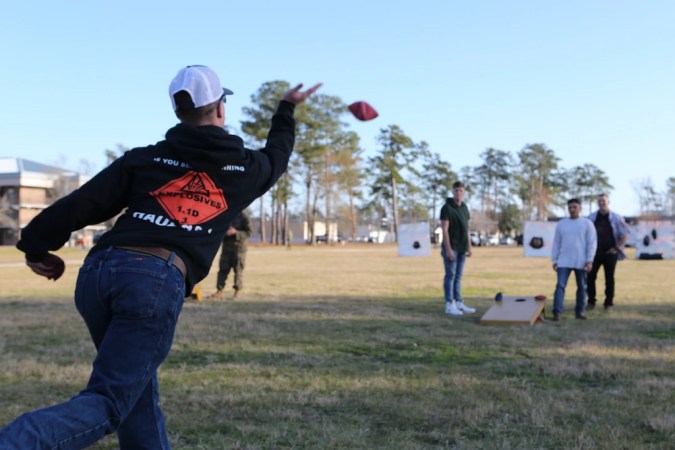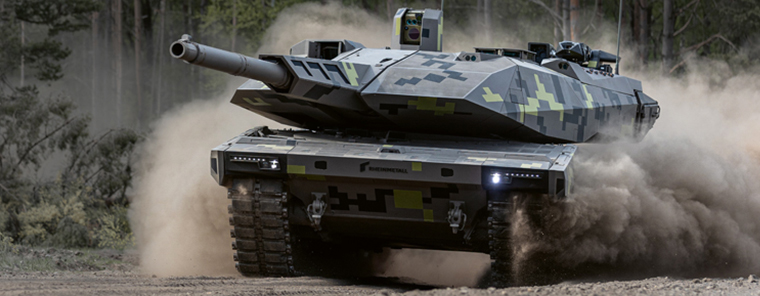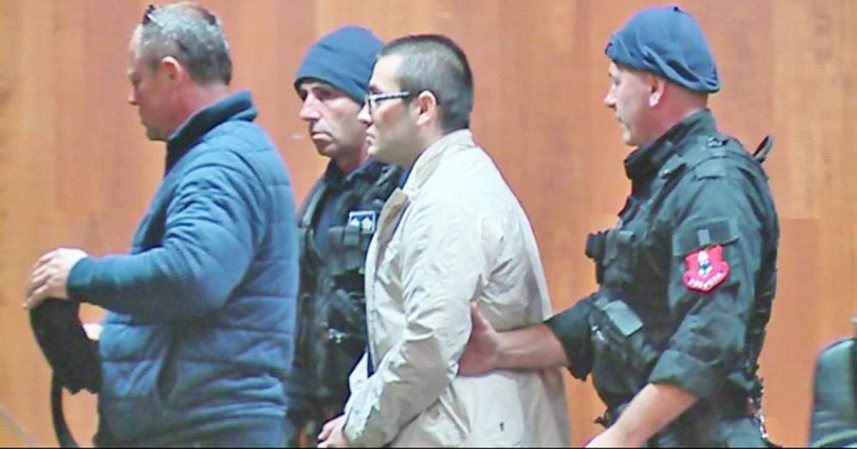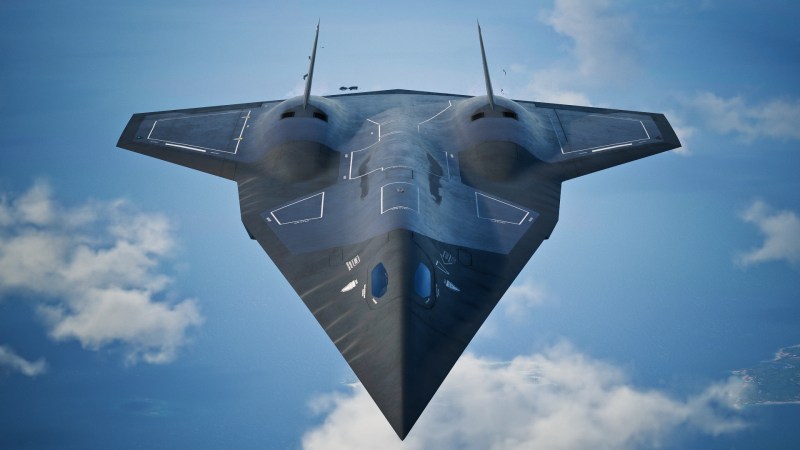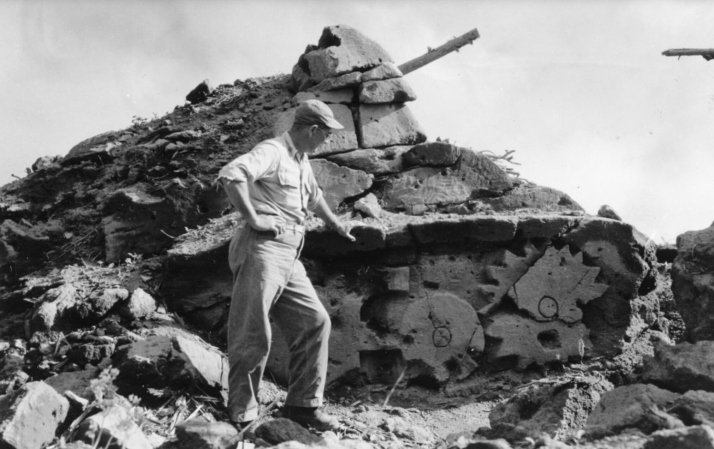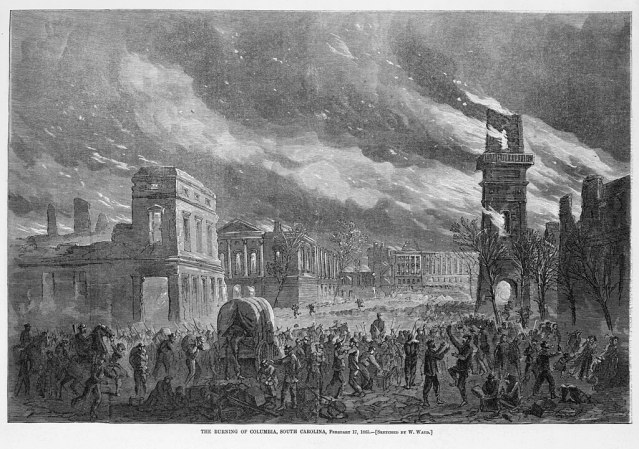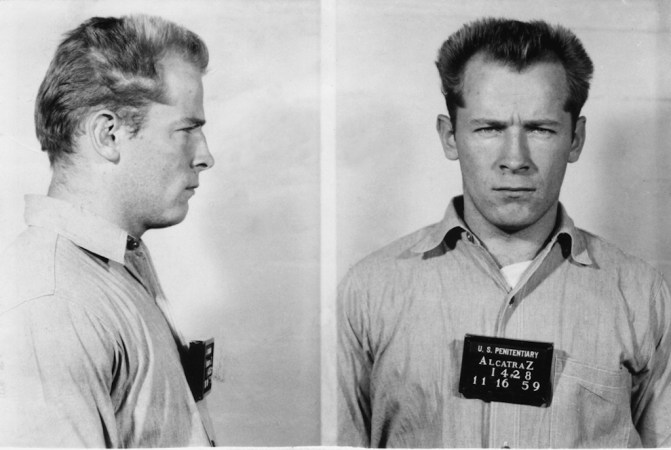It’s a song that’s well known to military and civilians alike. Most commonly played at military funeral services, “full taps,” or a “full service” famously contains the tune. It’s 24 notes of hauntingly beautiful bugle sounds. It’s distinctive and instantly recognizable today, but that wasn’t always the case.
Military Taps got its start back in the American Civil War when it was adapted both as a piece of music and in its purpose: to be played for military funerals. In a previous form, known as Tattoo, the song meant it was time for bed. Officially it was the “lights out” call. Written in France in 1809, it was famously Napoleon’s favorite bugle call. (Which could have been another reason it was nixed.)
However, U.S. General Daniel Butterfield was unhappy with the tune. While stationed at Harrison’s Landing, Virginia, he notably told others that he thought the bugle call should be more soothing, more melancholy. If it meant bedtime, the last thing the song should be was upbeat, he said.

Soon after, on July of 1862, Butterfield reworked the song with his brigade bugler, Private Oliver Wilcox Norton. Norton then played it for other soldiers, and the song quickly caught on, even making its way to the Confederates.
After hearing it, Captain John Tidball then decided to use it for an upcoming funeral, honoring a Union cannoneer who was lost in the war. Traditionally, three rifles were shot over a soldier’s grave. However, because the war was still ongoing, Tidball was worried the shots would be confused with enemy fire by the Confederates and decided against it. Instead, the bugle call would be used when laying the soldier to rest.
The practice caught on, and soon became common for military burials, especially when lost at war.

The most interesting thing about the song, however, is its unusual naming process. Butterfield officially named his new tune, Extinguish Lights, which isn’t exactly catchy. It’s not hard to wonder why soldiers looked for alternatives when mentioning the nighttime tune.
The word Taps, however, is most likely a nickname or a shortened version of “drum taps.” While Tattoo was still in use, it was followed by three drum taps, which were often called simply, “the taps.”
One military historian and bugle expert stated that the song was listed as Extinguish Lights in official military manuals until the early 1890s, and was listed as part of military funerals.



